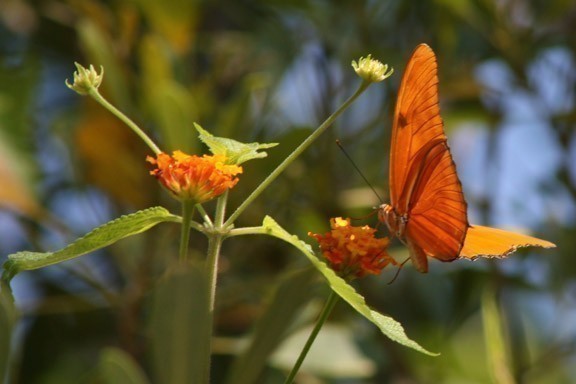GEORGE TOWN, Cayman Islands, CMC – The Cayman Islands government has passed the Plant Protection Act, 2023, through parliament to tighten the rules around importing plants that may harbor pests and threaten the local flora.
Cayman’s native plants and trees are at risk from a range of new plant pests, such as the ever-present mealybug to the various polyphagous pests on Christmas trees, as landscapers and home gardeners import an ever-growing variety of non-native plants and trees.
Officials have said that the new legislation, which replaces the Plants (Importation and Exportation) Act (1997 Revision), provides a more strict but comprehensive regime.
Those who breach the new law and import plants without the correct permits could face up to two years in jail or a hefty fine.
The law establishes a system of permits for imports, exports, and the transit of plants, plant products, and other regulated articles, creating powers that can be exercised in the event of pest outbreaks and other emergencies.
It also establishes an administrative and enforcement structure.
The aim is to improve the protection of Cayman’s cultivated and native plants with more robust national safeguards against alien plant pests while facilitating the safe and effective trade in plant and plant products.
The new legislation harmonizes local laws with international phytosanitary (plant health) standards established by the International Plant Protection Convention.
It also establishes a National Plant Protection Organisation and makes the Department of Agriculture responsible for exercising the powers and performing the functions of the NPPO.
The new legislation deals with the provisions for imports, exports, re-exports, and transits, as well as the mechanisms and authorizations for the control, eradication, and management of pests through various declarations, including quarantine or regulated pests, pest-free areas, quarantine areas, and phytosanitary emergencies.





















































 and then
and then